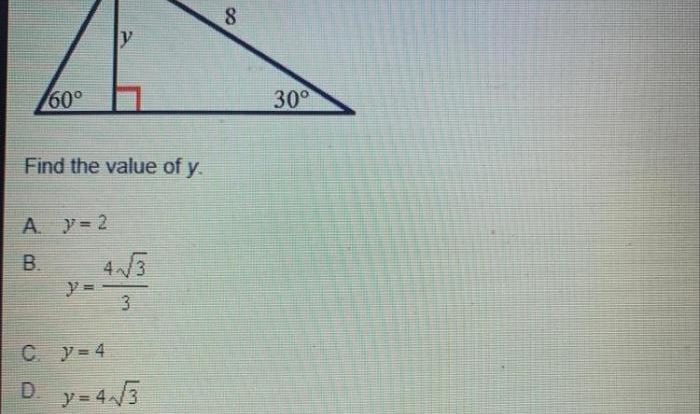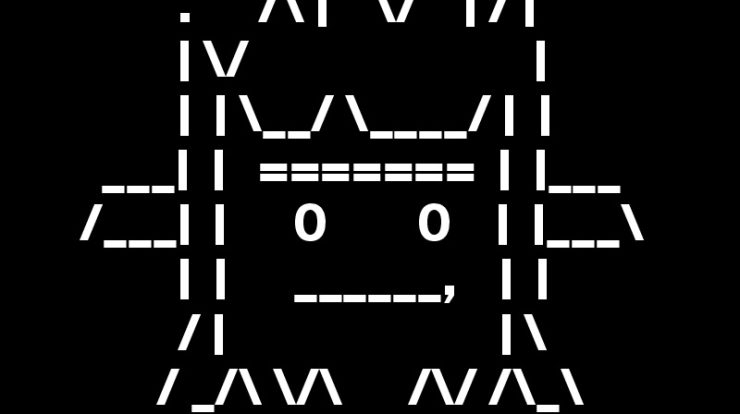Embarking on an exploration of which type of question does visual analytics seeks to answer, this discourse delves into the depths of this captivating field, unraveling its significance in modern data analysis. Visual analytics empowers us to make sense of complex data, providing invaluable insights that drive informed decision-making.
Its applications span a multitude of domains, from healthcare to finance, empowering us to uncover hidden patterns, identify trends, and gain a deeper understanding of the world around us.
Visual analytics transcends mere data visualization, engaging users in an interactive exploration that fosters deeper understanding. By harnessing the power of visual representations, it transforms raw data into compelling narratives, enabling us to ask and answer complex questions that were previously inaccessible.
Introduction to Visual Analytics: Which Type Of Question Does Visual Analytics Seeks To Answer
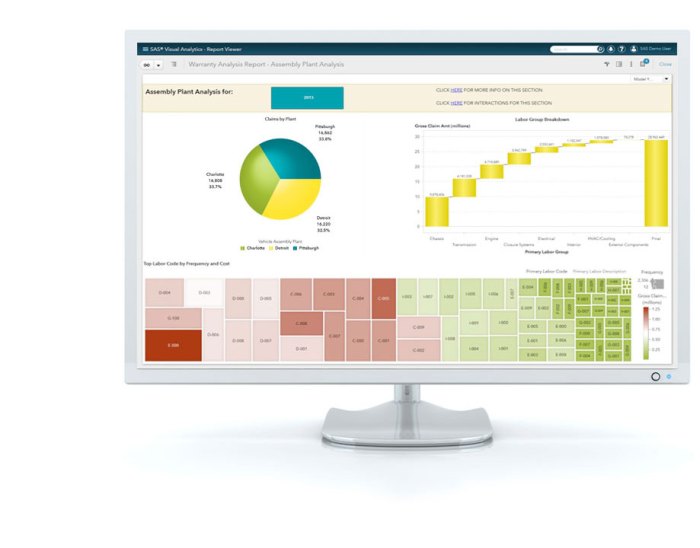
Visual analytics is a powerful approach to data analysis that combines interactive visual representations with analytical reasoning to facilitate the exploration and understanding of complex data. By leveraging human perception and cognitive abilities, visual analytics empowers users to identify patterns, trends, and anomalies in data, enabling them to make informed decisions.
Real-world applications of visual analytics span various domains, including healthcare, finance, manufacturing, and scientific research. For instance, in healthcare, visual analytics has been used to identify disease patterns, optimize treatment plans, and monitor patient outcomes. In finance, it has helped analysts visualize financial data, detect market trends, and assess investment opportunities.
Types of Questions Answered by Visual Analytics
Visual analytics seeks to answer a wide range of questions, categorized into the following types:
Descriptive Questions
- What is the distribution of data?
- What are the key characteristics of the data?
- How does the data vary over time or space?
Comparative Questions
- How do different data sets compare?
- What are the similarities and differences between different groups or categories?
- How has data changed over time?
Predictive Questions
- What are the potential outcomes or trends based on the data?
- What are the factors that influence data patterns?
- What actions can be taken to optimize outcomes?
Questions
- Why did a particular event or outcome occur?
- What are the underlying causes and relationships within the data?
- How can the data be interpreted to provide insights?
Visual Representation Techniques
Visual analytics employs various representation techniques to convey data insights effectively:
Charts and Graphs
- Bar charts: Display data as vertical or horizontal bars, comparing values or frequencies.
- Line charts: Plot data points connected by lines, showing trends and changes over time.
- Scatter plots: Display the relationship between two variables, revealing correlations and patterns.
Maps
- Geographic maps: Visualize data on a geographic map, showing spatial patterns and distributions.
- Network maps: Represent data as nodes and edges, depicting connections and relationships.
Dashboards
- Provide an overview of key metrics and insights, combining multiple visualizations into a single view.
Interaction and Exploration in Visual Analytics
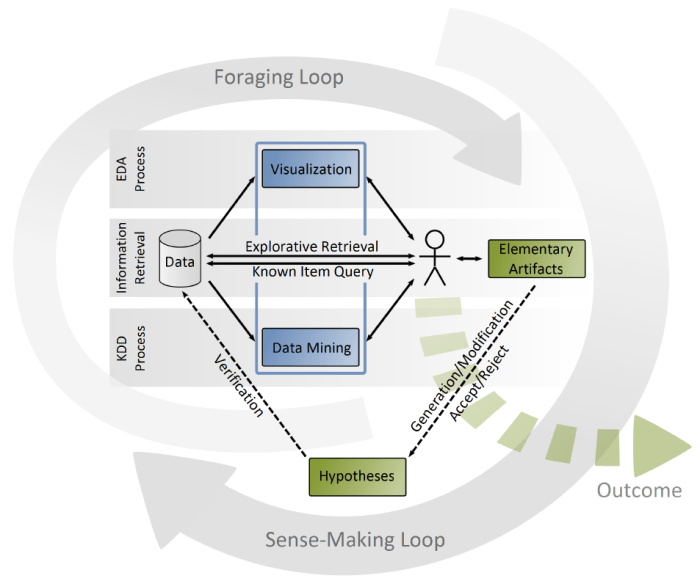
User interaction is crucial in visual analytics, enabling users to explore data in an intuitive and iterative manner:
Filtering and Sorting
- Users can filter data based on specific criteria to focus on relevant subsets.
- Sorting allows users to arrange data in a meaningful order, facilitating comparisons and trend analysis.
Zooming and Panning
- Zooming enables users to focus on specific areas of the visualization, revealing details and patterns.
- Panning allows users to move the visualization, exploring different parts of the data.
Linking and Brushing, Which type of question does visual analytics seeks to answer
- Linking visualizations allows users to connect different views, enabling cross-referencing and identifying relationships.
- Brushing highlights a subset of data in one visualization, automatically updating linked visualizations to show corresponding data.
Challenges and Future Directions in Visual Analytics
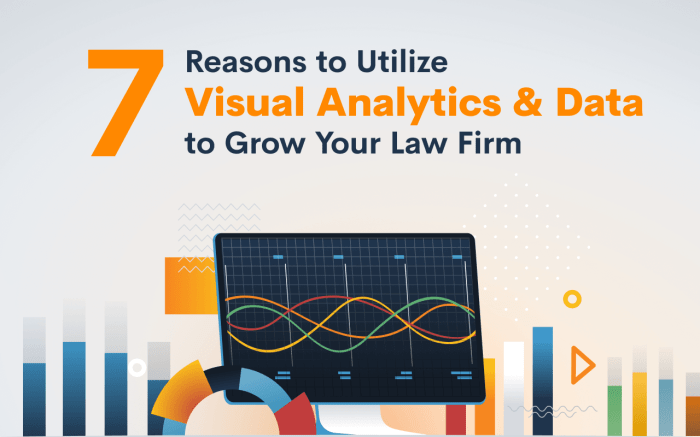
While visual analytics has revolutionized data analysis, it also faces challenges:
Data Complexity and Volume
- Increasing data complexity and volume can make visual representations difficult to interpret and navigate.
User Interface and Design
- Effective visual analytics tools require user-friendly interfaces and intuitive designs that minimize cognitive load.
Interdisciplinary Collaboration
- Collaboration between data scientists, visual designers, and domain experts is essential for creating meaningful and impactful visual analytics solutions.
Future research directions in visual analytics include:
Augmented Analytics
- Integrating artificial intelligence and machine learning to automate data analysis tasks and provide personalized insights.
Immersive Analytics
- Leveraging virtual and augmented reality to create immersive data experiences, enhancing user engagement and understanding.
Ethical Considerations
- Exploring ethical implications of visual analytics, such as data privacy, bias, and the potential for misinterpretation.
FAQ Guide
What types of questions can visual analytics answer?
Visual analytics can answer questions that involve identifying patterns, trends, and relationships in data. It can also help users to compare different data sets, identify outliers, and make predictions.
How does visual analytics differ from traditional data visualization?
Visual analytics goes beyond traditional data visualization by allowing users to interact with the data and explore it in different ways. This interactivity enables users to gain deeper insights and ask more complex questions.
What are the benefits of using visual analytics?
Visual analytics can help users to make better decisions, identify opportunities, and solve problems. It can also improve communication and collaboration by providing a shared understanding of data.
